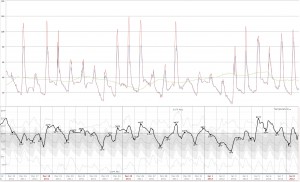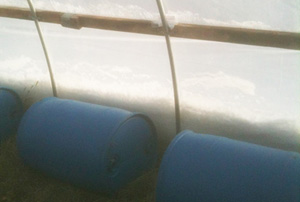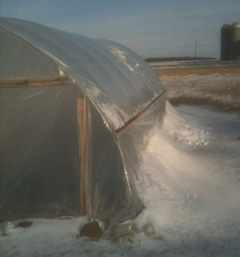Hey, folks.
After watching Robert Frost’s great presentation at the last MAPG meeting, I got to thinking (always dangerous, sometimes productive). I had a little time to kill waiting for my son to wake up, so I grabbed some of the tin cans I’ve been saving, and tried out my idea:
I started with 2 cans, one a Progresso soup can (P), the other I think a Kirkland Campbells soup (C). Both are pull-top, which leave a small rim, so the C did not quite fit into the P. I used a pair of pliers to crimp down the rim in the P can, and left 3 small flanges of the rim sticking out. Then the C fit snugly into the P.
I then filled the inner can with the shells of the black walnuts I have been collecting, slipped the cans together, and put them on the hot coals of my woodstove.
As you can see, after just a few minutes, gasses coming from the heated shells are combusting. The flames reduces to a small flare after only 20 minutes, and I removed the cans and set them outside to cool.
There are lots of fine flakes of biochar, and many of the larger pieces of shell are blackened, but not completely charcoal. But I count this as a real success, I made a second one, and now have two in the stove. I will wait at least an hour this time, rotating occasionally (the cans were glowing red on the side toward the coals.
I think I’ll fire up my digital microscope and add a pic of the fine char. I’m going to save it in a jar to add to my garden in the spring. I see several advantages to this method. The mostly tight fit of the cans means no oxygen enters to allow actual combustion inside the ‘retort’. The heat is all added to my already hot, and welcome, woodstove temperature. The materials are very simple and available.
The quantities are small, but that makes them more manageable. And I found almost no ash in my first ‘load’. The second load, I left in for about 3 hours, and when finished, the can was till 1/2 full, and the shells retained their shape, but you can crush them, and they are charcoal all the way through.















